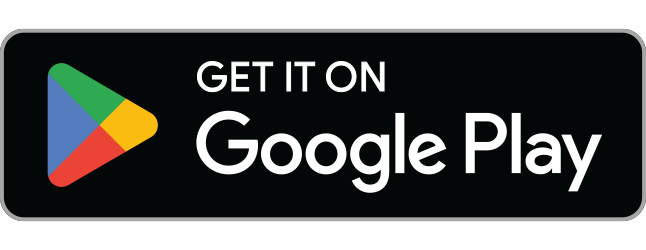Title: Latest Technological Trends in Home Inspection for Real Estate Professionals
Introduction:
The world of home inspection is always evolving, thanks to continuous advancements in technology. Home inspectors have been adopting these cutting-edge tools to perform more accurate and comprehensive inspections, providing clients with a better understanding of the property they’re interested in. Real estate professionals need to be informed about these latest trends, as they can make a significant impact on both the purchase process and satisfaction of potential home buyers. This article will explore the latest technological trends in home inspection that real estate professionals should be aware of.
1. Infrared (IR) Thermal Imaging Cameras
One of the most significant advancements in home inspection technology is the use of infrared thermal imaging cameras. These cameras can detect temperature differences behind walls, ceilings, and floors, allowing home inspectors to assess a property’s insulation and identify areas where heat is escaping. This technology can also help locate moisture damage, pests, and electrical issues not visible to the naked eye. By identifying these problems early on, real estate professionals can negotiate for repairs or lower prices on behalf of their clients.
2. Drones for Aerial Inspections
Roof inspections can be dangerous, time-consuming, and costly. Drones have emerged as a safer and more efficient alternative to traditional roof inspection methods. Equipped with high-resolution cameras, drones can capture detailed images of hard-to-reach areas, providing home inspectors with better visibility of roofing materials, gutters, chimneys, and other rooftop components. This innovative approach saves time, reduces risks, and provides valuable information to real estate professionals and their clients.
3. Moisture Meters
Moisture meters are another essential tool in the modern home inspector’s arsenal. These devices measure moisture levels in various building materials, helping inspectors to identify water leaks, condensation issues, and potential mold growth. Accurate moisture readings can pinpoint problem areas that may otherwise go unnoticed, preventing costly repairs and health risks down the line.
4. Radon Detection Devices
Radon is a radioactive gas that occurs naturally in the ground and can accumulate in homes, posing significant health risks. The Environmental Protection Agency (EPA) recommends testing homes for radon levels, particularly when buying or selling a property. Advanced radon detection devices allow home inspectors to efficiently measure radon levels and provide detailed reports to clients. Armed with this information, real estate professionals can advocate for mitigation measures and ensure potential buyers are making informed decisions.
5. Remote Home Inspection Services
The ongoing global pandemic has accelerated the demand for remote home inspection services. Using video conferencing platforms, inspectors can carry out virtual walkthroughs with clients, providing live commentary and answering questions as they go. Some companies even offer 3D virtual tours, combining high-resolution photography with floor plans to create an interactive experience for clients who are unable to visit the property in person. This development streamlines the home inspection process, making it more accessible and convenient for both real estate professionals and their clients.
Conclusion:
Technological advancements in home inspection are changing the way real estate professionals approach property assessments. By staying informed about these trends, agents can better serve their clients and help them make educated decisions when buying or selling a home. As the industry continues to evolve, real estate professionals should embrace these technologies as valuable tools in ensuring a successful and efficient transaction process.






Leave A Comment